 Klara Lewis has been a unique and consistently interesting artist ever since she first surfaced, but 2020's Ingrid felt like a massive breakthrough and just about everything that she has released since has been stellar (live albums included). Unsurprisingly, Live in Montreal 2018 does nothing to derail that streak, but there are a couple of somewhat big surprises with it too. The first one is the date of the performance, as I had no idea that Lewis was on this plane two years before Ingrid came along. That is not to say that Live in Montreal would have necessarily eclipsed 2016's excellent Too had it been the follow up, but the Lewis of 2016 was an artist who seemed categorically disinterested in doing anything the conventional/expected way. And the comparative melodicism of 2018's fitfully great collaboration with Simon Fisher Turner (Care) felt like a one-off experiment in applying her non-musical found sounds to a more traditionally musical vision rather than a change in direction. As it turns out, however, Care was merely a tease of greater things to come and the lucky attendees of this performance got a sneak preview of those greater things long before the rest of us. The second big surprise is that this album is composed of seemingly all new material rather than variations on Lewis's existing work—it feels aesthetically akin to a proto-Ingrid, but a stage before that piece was distilled to just a single perfect motif. Obviously, that narrowing of focus yielded great results, but this more varied and shapeshifting approach yielded some legitimately great results too, elegantly blurring the lines between drone, noise, spacy synth explorations, and pop plunderphonics.
Klara Lewis has been a unique and consistently interesting artist ever since she first surfaced, but 2020's Ingrid felt like a massive breakthrough and just about everything that she has released since has been stellar (live albums included). Unsurprisingly, Live in Montreal 2018 does nothing to derail that streak, but there are a couple of somewhat big surprises with it too. The first one is the date of the performance, as I had no idea that Lewis was on this plane two years before Ingrid came along. That is not to say that Live in Montreal would have necessarily eclipsed 2016's excellent Too had it been the follow up, but the Lewis of 2016 was an artist who seemed categorically disinterested in doing anything the conventional/expected way. And the comparative melodicism of 2018's fitfully great collaboration with Simon Fisher Turner (Care) felt like a one-off experiment in applying her non-musical found sounds to a more traditionally musical vision rather than a change in direction. As it turns out, however, Care was merely a tease of greater things to come and the lucky attendees of this performance got a sneak preview of those greater things long before the rest of us. The second big surprise is that this album is composed of seemingly all new material rather than variations on Lewis's existing work—it feels aesthetically akin to a proto-Ingrid, but a stage before that piece was distilled to just a single perfect motif. Obviously, that narrowing of focus yielded great results, but this more varied and shapeshifting approach yielded some legitimately great results too, elegantly blurring the lines between drone, noise, spacy synth explorations, and pop plunderphonics.
As with a lot of live albums these days, the only significant difference in sound quality between Live in Montreal and one of Lewis's more formal recordings is that it feels like there is a thin veil between me and the full harmonic richness, clarity, and crunching physicality of the music. Obviously, that is less than ideal, but that loss is presumably offset by a more significant gain like "it was not possible to reproduce the magic and spontaneity of this performance in a studio." In any case, this album consists of a single 47-minute piece "with three distinct discernible sections" and an overarching theme of "permanent collapse" in which "strange sonic elements introduce themselves, rise to the fore, threaten the fundamental discourse only to recede on the brink of destroying the work itself." While I sometimes have a hard time determining which elements constitute "the work" and which ones are the threatening interlopers as the piece unfolds, the trajectory of the opening section is quite easy to grasp: an intense choral sample plays over a subdued, gurgling, and crackling industrial rhythm, becomes erratic, then settles into a looping and haunted-sounding melody just as a visceral assault of white noise erupts. In a rough sense, it resembles a killer noise set tenaciously trying to tear its way through a classical requiem with only moderate success, which is a very appealing aesthetic given the fine balance of beauty and violence that Lewis achieves.
I am not sure if the noise element necessarily wins in the end, but the original choral theme is eventually reduced to a bleary drone augmented by woodland sounds like chattering birds while the noise/industrial elements rhythmically continue onward to steer the piece into a fresh passage of flanging drones over a heaving, crunching sea of roiling white noise. Gradually, however, it starts to feel like me and my chirping avian buddies are now at the seaside (along with some quivering feedback ghosts) as large waves relentlessly crash upon the shore, yet that too proves to be an ephemeral interlude, as Lewis soon starts to segue into her next dazzling set piece. While the next section could reasonably be described as "warm ambient drones," they are vividly enhanced by a shapeshifting host of dissolving and hallucinatory new elements (hiss, submerged backwards melodies, glimpses of Spanish guitar, Whitney Houston belting out (nearly) unrecognizable fragments of "I Will Always Love You," etc.). All of those other elements gradually vanish, however, leaving a gorgeously psychotropic and crystalline drone palace in their wake. For her final trick, Lewis ends the pieces with frayed, shivering synth swells that spectrally wobble over a stark backdrop of crackling textures. It is an appropriately beautiful conclusion to the set, but Lewis's more impressive achievement is how organically fluid and compelling the journey to get there was: this album flows along wonderfully and the bridges between its major events never lull, nor does it ever feel like Lewis artfully stitched together a trio of different pieces into one. There is a definite arc to this album and it is a thoughtful and satisfying one with no missteps or unnecessary detours to be found. While live albums outside the improv/jazz milieu are historically not my favorite thing, this one is a rare and notable exception, easily ranking among the finest releases in Lewis's already impressive discography.
Samples can be found here.


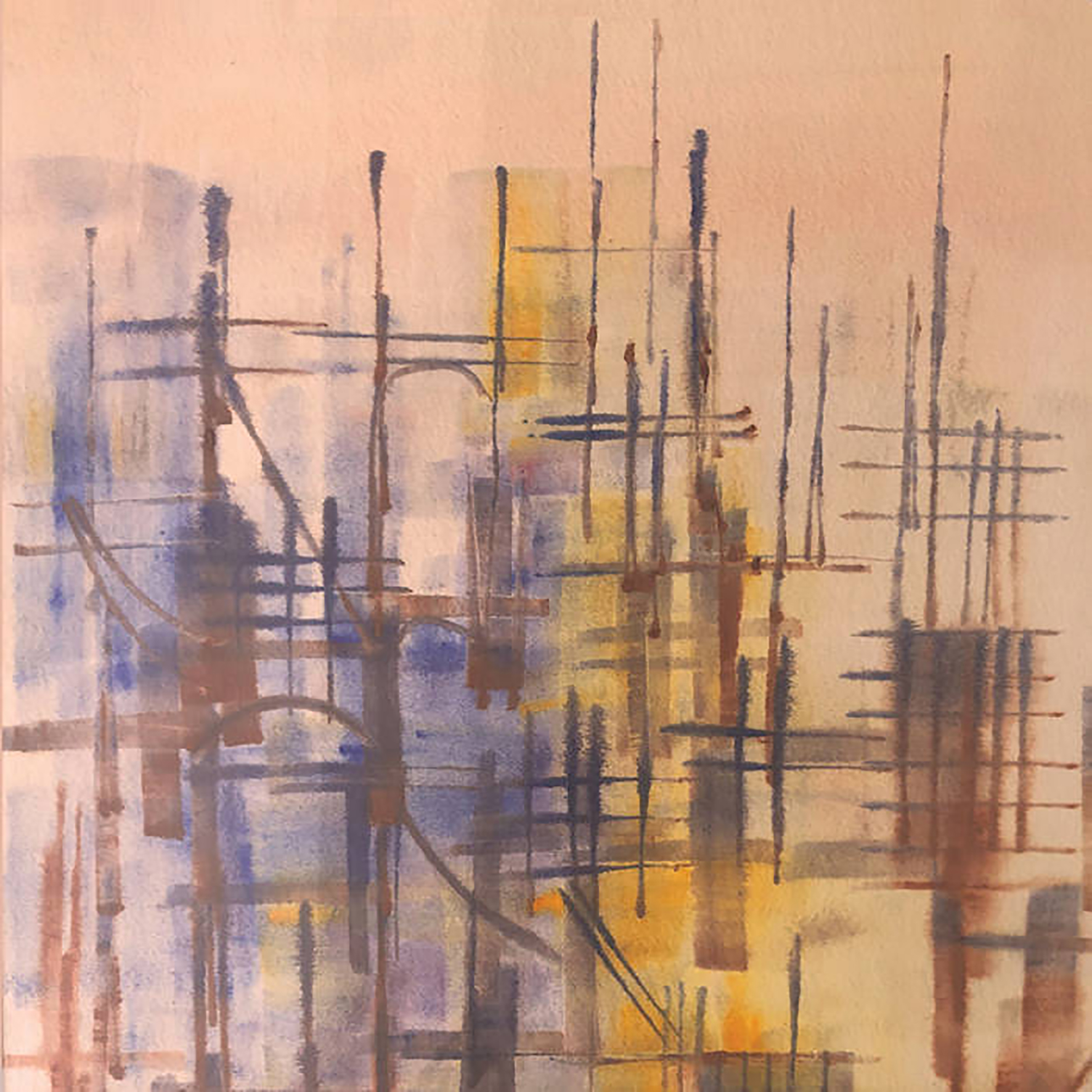 As far as I am concerned, Konstantinos Soublis earned a lifetime pass as dub techno royalty with his early Chain Reaction work (the likes of which enjoyed a well-deserved renaissance when Type reissued Vibrant Forms in 2013). Much like fellow visionary Moritz von Oswald, however, Soublis has a creatively restless spirit that has led him in a number of different directions since that scene's late '90s/early '00s golden age came to an end. While I cannot say that I have been a fan of all of Fluxion's various detours over the years, Soublis's unpredictably hit-or-miss discography has continued to surprise me with a legitimate hit every few years. In fact, Fluxion has been in unusually fine form recently and that upswing seems to have culminated in this album, which is unexpectedly one of the most uniformly strong and inspired releases in the project's entire oeuvre. Part of that success is likely due to Soublis's decision to take his vision in a more intimate and inwardly inspired direction (the album was inspired by "real life moments, people, expectations, joy, dreams and disappointments"), but the primary appeal of Parallel Moves is that his new inspirations manifested themselves in quite a killer batch of unusually sensual, soulful, and melodic songs. To my ears, this is a very strong contender for the best Fluxion album ever released.
As far as I am concerned, Konstantinos Soublis earned a lifetime pass as dub techno royalty with his early Chain Reaction work (the likes of which enjoyed a well-deserved renaissance when Type reissued Vibrant Forms in 2013). Much like fellow visionary Moritz von Oswald, however, Soublis has a creatively restless spirit that has led him in a number of different directions since that scene's late '90s/early '00s golden age came to an end. While I cannot say that I have been a fan of all of Fluxion's various detours over the years, Soublis's unpredictably hit-or-miss discography has continued to surprise me with a legitimate hit every few years. In fact, Fluxion has been in unusually fine form recently and that upswing seems to have culminated in this album, which is unexpectedly one of the most uniformly strong and inspired releases in the project's entire oeuvre. Part of that success is likely due to Soublis's decision to take his vision in a more intimate and inwardly inspired direction (the album was inspired by "real life moments, people, expectations, joy, dreams and disappointments"), but the primary appeal of Parallel Moves is that his new inspirations manifested themselves in quite a killer batch of unusually sensual, soulful, and melodic songs. To my ears, this is a very strong contender for the best Fluxion album ever released.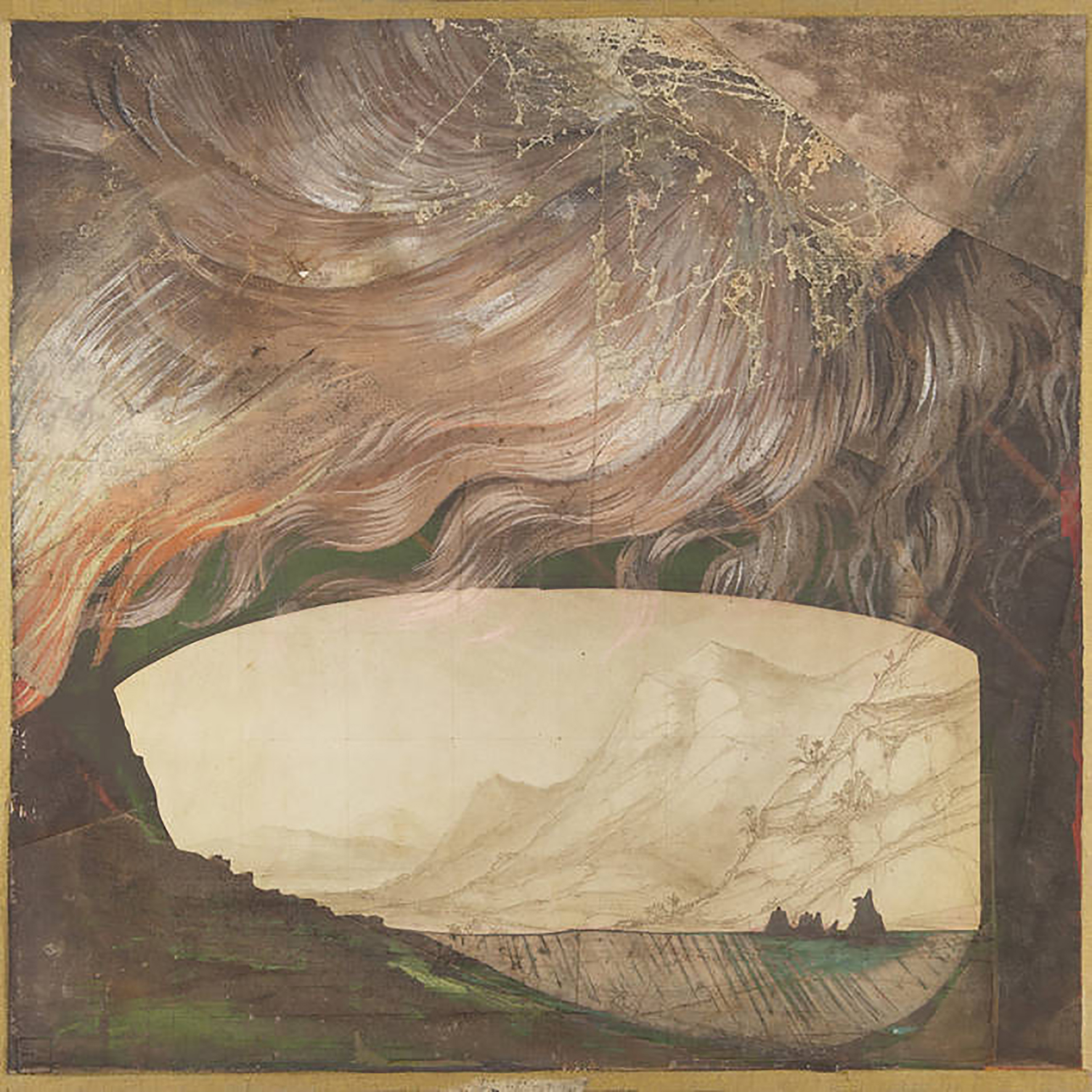
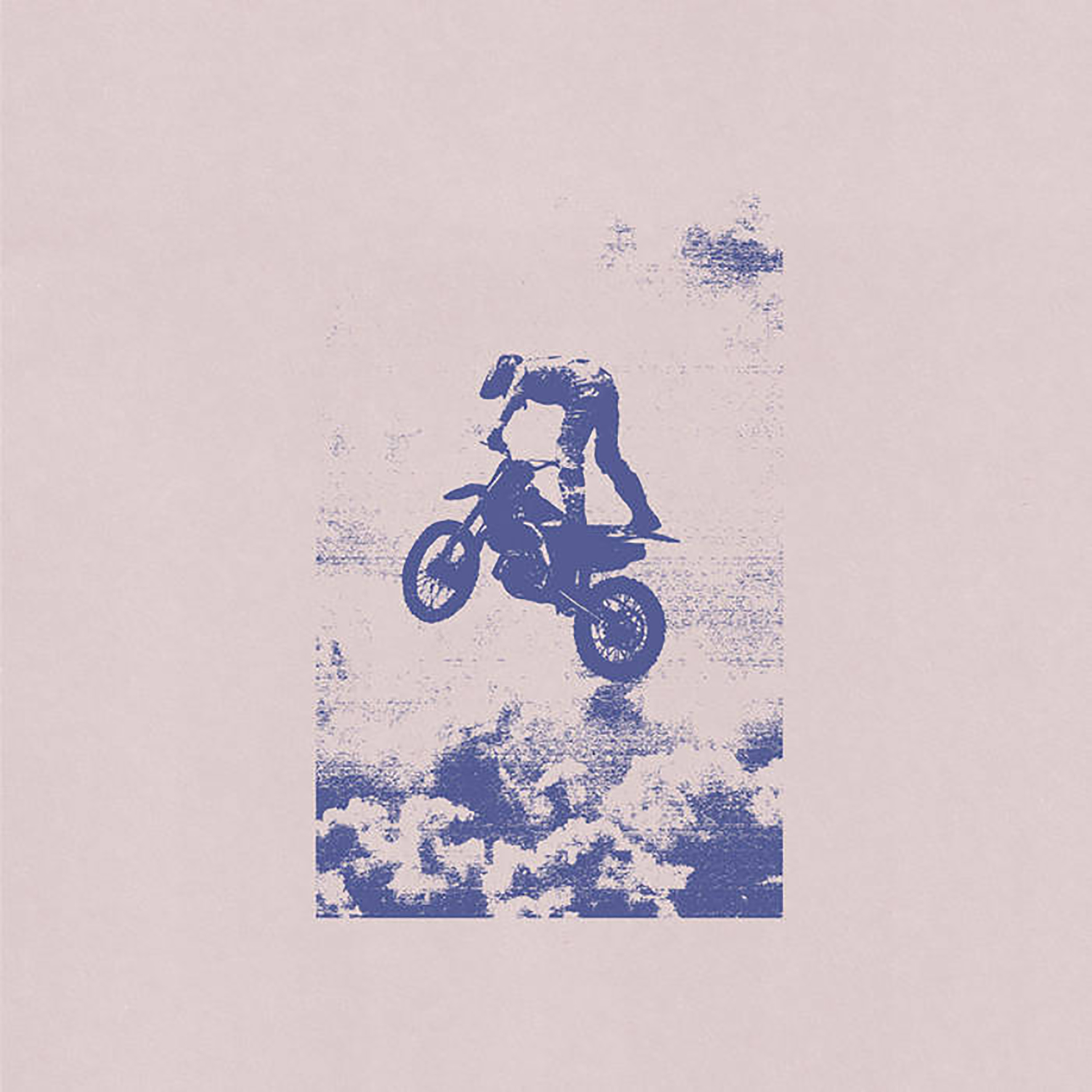 This is the debut album from a "network of New England string pluckers, organ drivers and bell ringers" centered around composer/pedal steel guitarist Henry Birdsey. This is my first real encounter with Birdsey's work, though I was vaguely aware of his duo Tongue Depressor with Crazy Doberman's Zach Rowdan. While I do not get the usual otherworldly "Just Intonation" vibe from Country Tropics' buzzing and layered harmonies, unconventional tunings have historically been a central theme in Birdsey's work, so that may be an element here too. Then again, Old Saw seems like a very different project than Birdsey's usual fare in one very significant way, as Country Tropics is billed as a unique strain of devotional music. I believe it is a secular one, however, as the album description claims "Old Saw points our gaze downward towards the terrafirma unconsidered, and guides our hands into the dirt" rather than towards a "fantastical, celestial vision of understanding." Regardless of their inspirations, Old Saw is an ensemble like no other, approximating a rustic drone or free folk ensemble like Pelt or Vibracathedral Orchestra in an especially warm and transcendent mood (albeit not so warm and transcendent as to preclude some welcome sharp edges, shadows of dissonance, and heavy buzzing strings). This is quite an excellent and unique album.
This is the debut album from a "network of New England string pluckers, organ drivers and bell ringers" centered around composer/pedal steel guitarist Henry Birdsey. This is my first real encounter with Birdsey's work, though I was vaguely aware of his duo Tongue Depressor with Crazy Doberman's Zach Rowdan. While I do not get the usual otherworldly "Just Intonation" vibe from Country Tropics' buzzing and layered harmonies, unconventional tunings have historically been a central theme in Birdsey's work, so that may be an element here too. Then again, Old Saw seems like a very different project than Birdsey's usual fare in one very significant way, as Country Tropics is billed as a unique strain of devotional music. I believe it is a secular one, however, as the album description claims "Old Saw points our gaze downward towards the terrafirma unconsidered, and guides our hands into the dirt" rather than towards a "fantastical, celestial vision of understanding." Regardless of their inspirations, Old Saw is an ensemble like no other, approximating a rustic drone or free folk ensemble like Pelt or Vibracathedral Orchestra in an especially warm and transcendent mood (albeit not so warm and transcendent as to preclude some welcome sharp edges, shadows of dissonance, and heavy buzzing strings). This is quite an excellent and unique album.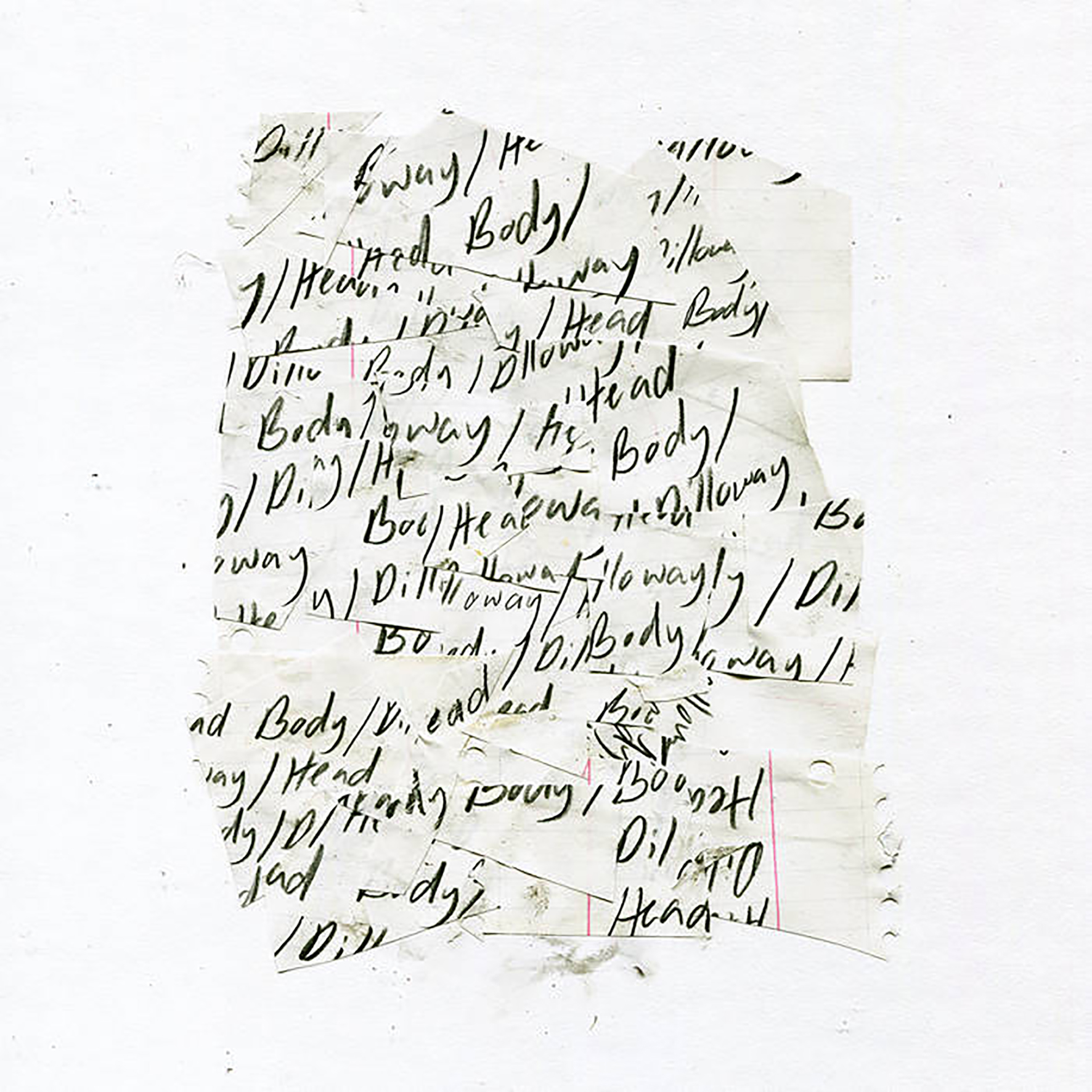 Past experience has taught me not to get too excited about promising-sounding collaborations between great artists, but the allure of this particular project was admittedly damn hard to resist: Body/Head is consistently the most provocative and intense of Sonic Youth's descendants and Aaron Dilloway seems absolutely incapable of releasing a disappointing album these days. Still, there is never any way to predict which threads will assert their dominance when distinctive visions collide, so there are a number of possible shapes that this album could have taken. To my ears, it is Dilloway's broken, murky, and obsessively looping aesthetic that mostly steers the ship, but the balance between the three artists is sufficiently unpredictable and shifting to make this trio feel like something quite different from either Dilloway's solo work or past Body/Head releases. Matt Krefting already did a fine job of summarizing the trio's shared vision with "over and over one gets the sense that the music is trying to wake itself from a dream," but it is also more than that, as this trio have a real knack for slowly transforming gnarled and challenging introductory themes into unexpected passages of sublime beauty.
Past experience has taught me not to get too excited about promising-sounding collaborations between great artists, but the allure of this particular project was admittedly damn hard to resist: Body/Head is consistently the most provocative and intense of Sonic Youth's descendants and Aaron Dilloway seems absolutely incapable of releasing a disappointing album these days. Still, there is never any way to predict which threads will assert their dominance when distinctive visions collide, so there are a number of possible shapes that this album could have taken. To my ears, it is Dilloway's broken, murky, and obsessively looping aesthetic that mostly steers the ship, but the balance between the three artists is sufficiently unpredictable and shifting to make this trio feel like something quite different from either Dilloway's solo work or past Body/Head releases. Matt Krefting already did a fine job of summarizing the trio's shared vision with "over and over one gets the sense that the music is trying to wake itself from a dream," but it is also more than that, as this trio have a real knack for slowly transforming gnarled and challenging introductory themes into unexpected passages of sublime beauty.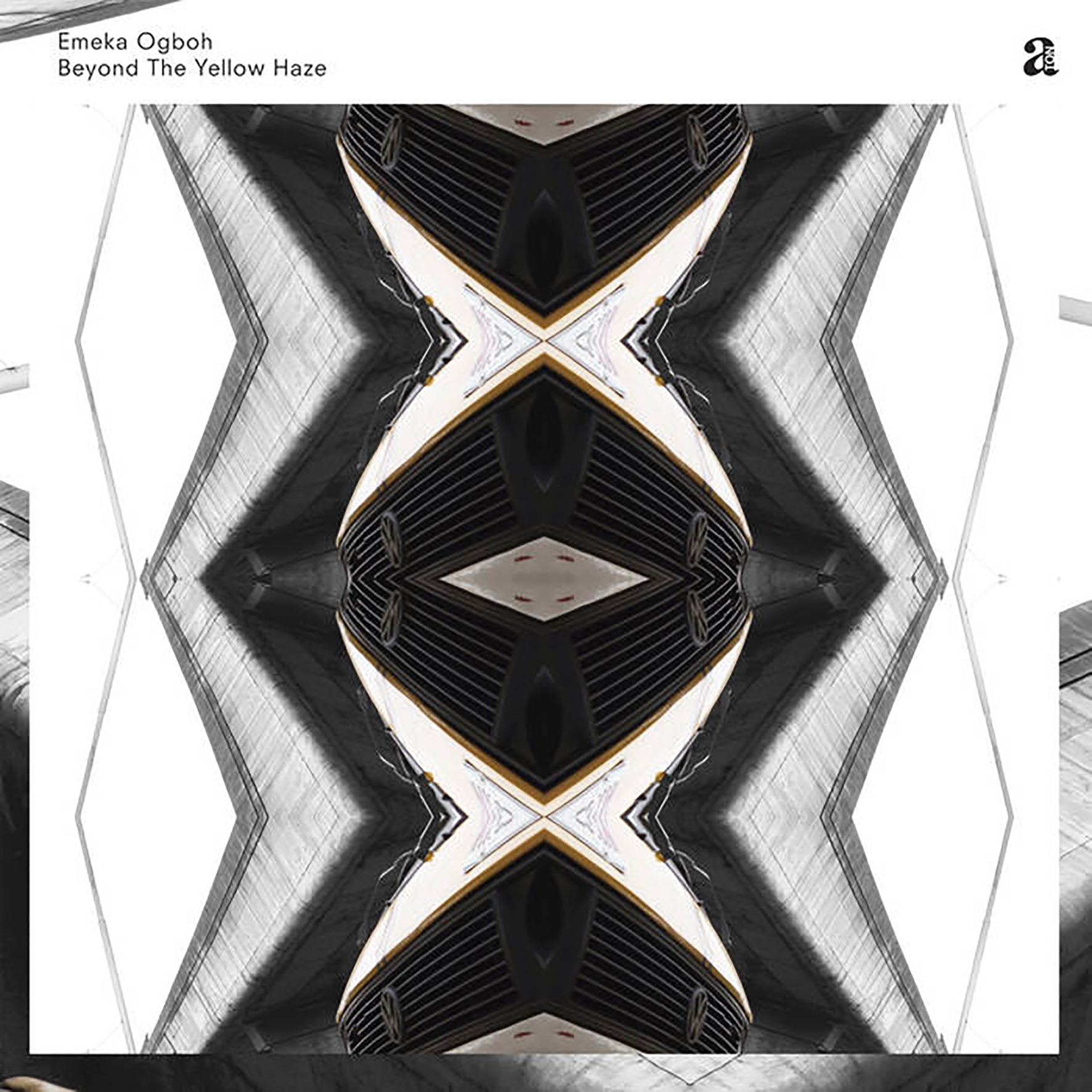 This bombshell release is the first album from Nigerian sound and installation artist Emeka Ogboh, but it sounds like the assured work of killer dub techno producer at the height of their powers. On its surface, Beyond The Yellow Haze admittedly (and probably unintentionally) shares a lot of common ground with prime Muslimgauze, as a central theme of Ogboh's art is his passion for capturing the ambient city sounds of Lagos. Consequently, these five pieces are nicely enhanced with layers of street noise, conversations, and passing snatches of melody, yet Beyond The Yellow Haze is primarily a great album because Ogboh is a goddamn wizard at crafting heavy, shape-shifting grooves with elegant dubwise percussion flourishes. I suppose the beats also creep into Muslimgauze territory at times, as Ogboh is similarly quite fond of slow and hypnotic grooves flavored with African and Arabic rhythms, yet the two artists differ dramatically when it comes to focus and exacting execution (among other things), as nearly every song here is a flawless diamond of immersively layered textures, slow-burning dynamic transformation, and crunching physicality. This is probably the strongest beat-driven album that I have heard all year, debut or otherwise.
This bombshell release is the first album from Nigerian sound and installation artist Emeka Ogboh, but it sounds like the assured work of killer dub techno producer at the height of their powers. On its surface, Beyond The Yellow Haze admittedly (and probably unintentionally) shares a lot of common ground with prime Muslimgauze, as a central theme of Ogboh's art is his passion for capturing the ambient city sounds of Lagos. Consequently, these five pieces are nicely enhanced with layers of street noise, conversations, and passing snatches of melody, yet Beyond The Yellow Haze is primarily a great album because Ogboh is a goddamn wizard at crafting heavy, shape-shifting grooves with elegant dubwise percussion flourishes. I suppose the beats also creep into Muslimgauze territory at times, as Ogboh is similarly quite fond of slow and hypnotic grooves flavored with African and Arabic rhythms, yet the two artists differ dramatically when it comes to focus and exacting execution (among other things), as nearly every song here is a flawless diamond of immersively layered textures, slow-burning dynamic transformation, and crunching physicality. This is probably the strongest beat-driven album that I have heard all year, debut or otherwise. Robert Ashley’s enigmatic opera of interrogation was frequently performed between 1987 and 1993, and a previous recording was released on Lovely Music in 1994. The cast of a 2021 production in Roulette, Brooklyn, are featured on this new rendition, with Kayleigh Butcher, as The Agent, and Brian McCorkle, Bonnie Lander, Paul Pinto as Interrogators #1, 2, and 3. Above and beyond Ashley’s melodies, each participant singer is assigned their own distinct pitch around which they improvise vocal inflections to portray intent and meaning. eL/Aficionado displays the compelling depth of Ashley’s dazzlingly creativity, which is somewhere on a line leading from Edward Hopper and Samuel Beckett to Laurie Anderson and Len Jenkin.
Robert Ashley‚Äôs enigmatic opera of interrogation was frequently performed between 1987 and 1993, and a previous recording was released on Lovely Music in 1994. The cast of a 2021 production in Roulette, Brooklyn, are featured on this new rendition, with Kayleigh Butcher, as The Agent, and Brian McCorkle, Bonnie Lander, Paul Pinto as Interrogators #1, 2, and 3. Above and beyond Ashley‚Äôs melodies, each participant singer is assigned their own distinct pitch around which they improvise vocal inflections to portray intent and meaning. eL/Aficionado displays the compelling depth of Ashley‚Äôs dazzlingly creativity, which is somewhere on a line leading from Edward Hopper and Samuel Beckett to Laurie Anderson and Len Jenkin.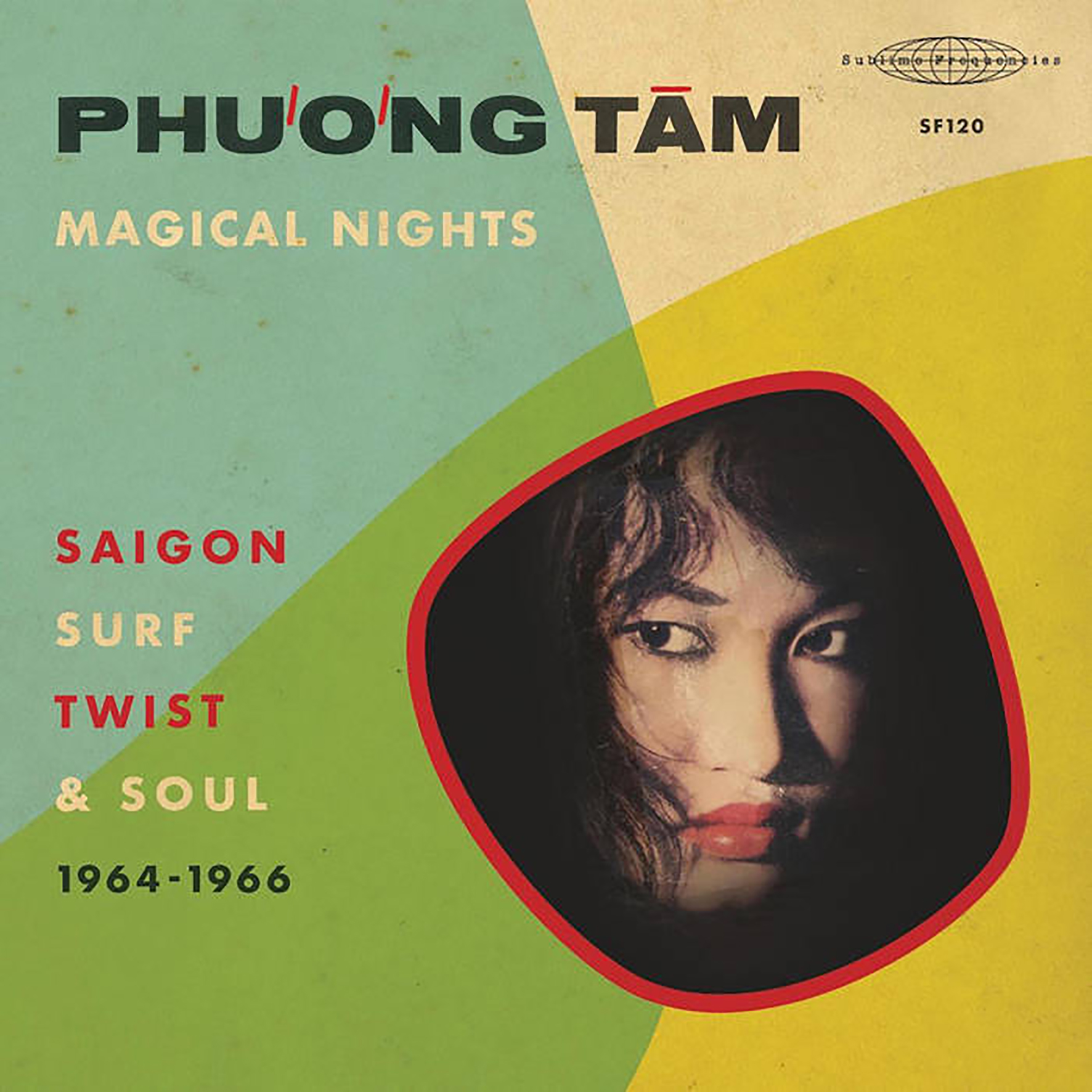 This collection, which I hereby deem an instant Sublime Frequencies classic, is devoted entirely to the long-unheard and elusive discography of one of the most magnetic singers of Saigon's "golden music" age. Part of the reason why Ph∆∞∆°ng T√¢m's work has languished in undeserved semi-obscurity is grimly predictable, as most of her music was destroyed during Vietnam's great purge of American-influenced culture in 1975, but T√¢m also abruptly ended her singing career in her prime to pursue forbidden love instead (an acceptably cool reason, I feel). According to her daughter Hannah H√†, Phương Tâm remained something of a highly localized karaoke supernova in the years since her stardom days, but H√† did not discover how truly famous her mom actually was until late 2019. One thing led to another and H√† found Mark Gergis after discovering his beloved Saigon Rock and Soul compilation. Gergis and a handful of like-minded crate-digging luminaries then set about tracking down as much of Ph∆∞∆°ng T√¢m's rare and often mistakenly attributed oeuvre as they could find, much of which even T√¢m herself had not heard since the recording sessions. While the journey to this album is undeniably a fascinating and heart-warming one, the best part is the songs themselves, as this album is a treasure trove of fun, soulful, and sexy genre-blurring gems from the golden age of swinging Saigon nightlife. Moreover, I was legitimately gobsmacked to learn that these songs were all recorded by the same person in such a brief span, as T√¢m channels everything from Brenda Lee to Ella Fitzgerald to the kind of impossibly cool, sexy, and ahead-of-their-time numbers that feel like would-be highlights from Lux Interior and Poison Ivy‚Äôs oft-anthologized record collection.
This collection, which I hereby deem an instant Sublime Frequencies classic, is devoted entirely to the long-unheard and elusive discography of one of the most magnetic singers of Saigon's "golden music" age. Part of the reason why Ph∆∞∆°ng T√¢m's work has languished in undeserved semi-obscurity is grimly predictable, as most of her music was destroyed during Vietnam's great purge of American-influenced culture in 1975, but T√¢m also abruptly ended her singing career in her prime to pursue forbidden love instead (an acceptably cool reason, I feel). According to her daughter Hannah H√†, Phương Tâm remained something of a highly localized karaoke supernova in the years since her stardom days, but H√† did not discover how truly famous her mom actually was until late 2019. One thing led to another and H√† found Mark Gergis after discovering his beloved Saigon Rock and Soul compilation. Gergis and a handful of like-minded crate-digging luminaries then set about tracking down as much of Ph∆∞∆°ng T√¢m's rare and often mistakenly attributed oeuvre as they could find, much of which even T√¢m herself had not heard since the recording sessions. While the journey to this album is undeniably a fascinating and heart-warming one, the best part is the songs themselves, as this album is a treasure trove of fun, soulful, and sexy genre-blurring gems from the golden age of swinging Saigon nightlife. Moreover, I was legitimately gobsmacked to learn that these songs were all recorded by the same person in such a brief span, as T√¢m channels everything from Brenda Lee to Ella Fitzgerald to the kind of impossibly cool, sexy, and ahead-of-their-time numbers that feel like would-be highlights from Lux Interior and Poison Ivy‚Äôs oft-anthologized record collection. This unique debut album is definitely one of the year's most pleasant surprises, as art/music journalist Kretowicz assembled a bevy of talented collaborators to craft a poignant and subtly hallucinatory tour de force of autofiction-based sound art. While some of the people involved (Mica Levi, Tirzah, etc.) certainly enhance the initial allure of I hate it here, it is a great challenge to focus on anything other than Kretowicz's sardonic, time-bending narrative as soon as she opens her mouth and things gets rolling. Thematically, the album is billed as a "psychedelic audio narrative" that "wanders through a layered and multi-dimensional notion of existence as suffering," which mostly feels apt, yet it fails to convey how truly charming and blackly funny wandering through that notion with Kretowicz can be. More importantly, this is the rare spoken word album that remains compelling beyond the first listen, as the combination of Kretowicz's deadpan, accented voice and the sound collage talents of felicita & Ben Babbitt make it an absorbing delight long after the meaning and impact of Kretowicz's words dissipate into more abstract and nuanced pleasures like texture and feeling. To my ears, this is one of the most inspired, immersive, and memorable albums of the year.
This unique debut album is definitely one of the year's most pleasant surprises, as art/music journalist Kretowicz assembled a bevy of talented collaborators to craft a poignant and subtly hallucinatory tour de force of autofiction-based sound art. While some of the people involved (Mica Levi, Tirzah, etc.) certainly enhance the initial allure of I hate it here, it is a great challenge to focus on anything other than Kretowicz's sardonic, time-bending narrative as soon as she opens her mouth and things gets rolling. Thematically, the album is billed as a "psychedelic audio narrative" that "wanders through a layered and multi-dimensional notion of existence as suffering," which mostly feels apt, yet it fails to convey how truly charming and blackly funny wandering through that notion with Kretowicz can be. More importantly, this is the rare spoken word album that remains compelling beyond the first listen, as the combination of Kretowicz's deadpan, accented voice and the sound collage talents of felicita & Ben Babbitt make it an absorbing delight long after the meaning and impact of Kretowicz's words dissipate into more abstract and nuanced pleasures like texture and feeling. To my ears, this is one of the most inspired, immersive, and memorable albums of the year. This is one of those rare collaborations in which I had absolutely no idea what kind of album to expect, as the only obvious common ground this duo shares is a strong interest in sound design, though it is probably safe to say they are both drawn to unusual projects too given their past involvement with Rắn Cạp ĐuôI Collective. Now that I have heard Myxomy, however, I am faced with the fresh challenge of describing a vision that is elusively shapeshifting, kaleidoscopic, and wrong-footing from start to finish. I suppose the most consistent aesthetic is something akin to "half-deconstructed/half-maximalist outsider R&B" or some similarly heretofore nonexistent genre, but the real theme seems to exclusively be one of endless mutation. In fact, the idea for the collaboration originally began with James Ginzburg sending Ziúr some beats from his early techno days, which triggered a dueling exchange of raw material reworkings that rapidly escalated and morphed until the "duo's fragmented sketches and scribbles took on new life" that "developed into anxious, hybridized pop jewels." To be fair, Myxomy is admittedly poppier than I ever would have anticipated, but this project is waaaaay too weird, fractured, and unpredictable to ever be mistaken for actual pop (jewels or otherwise). It mostly feels more like a handful of hooks wandering through a collapsed post-industrial landscape in search of a proper home. I am not sure any of them ever quite found one (seems doubtful), but some of these experiments are impressively visceral and unique in their own right (even if they can sometimes be a real challenge to digest).
This is one of those rare collaborations in which I had absolutely no idea what kind of album to expect, as the only obvious common ground this duo shares is a strong interest in sound design, though it is probably safe to say they are both drawn to unusual projects too given their past involvement with Rắn Cạp ĐuôI Collective. Now that I have heard Myxomy, however, I am faced with the fresh challenge of describing a vision that is elusively shapeshifting, kaleidoscopic, and wrong-footing from start to finish. I suppose the most consistent aesthetic is something akin to "half-deconstructed/half-maximalist outsider R&B" or some similarly heretofore nonexistent genre, but the real theme seems to exclusively be one of endless mutation. In fact, the idea for the collaboration originally began with James Ginzburg sending Ziúr some beats from his early techno days, which triggered a dueling exchange of raw material reworkings that rapidly escalated and morphed until the "duo's fragmented sketches and scribbles took on new life" that "developed into anxious, hybridized pop jewels." To be fair, Myxomy is admittedly poppier than I ever would have anticipated, but this project is waaaaay too weird, fractured, and unpredictable to ever be mistaken for actual pop (jewels or otherwise). It mostly feels more like a handful of hooks wandering through a collapsed post-industrial landscape in search of a proper home. I am not sure any of them ever quite found one (seems doubtful), but some of these experiments are impressively visceral and unique in their own right (even if they can sometimes be a real challenge to digest).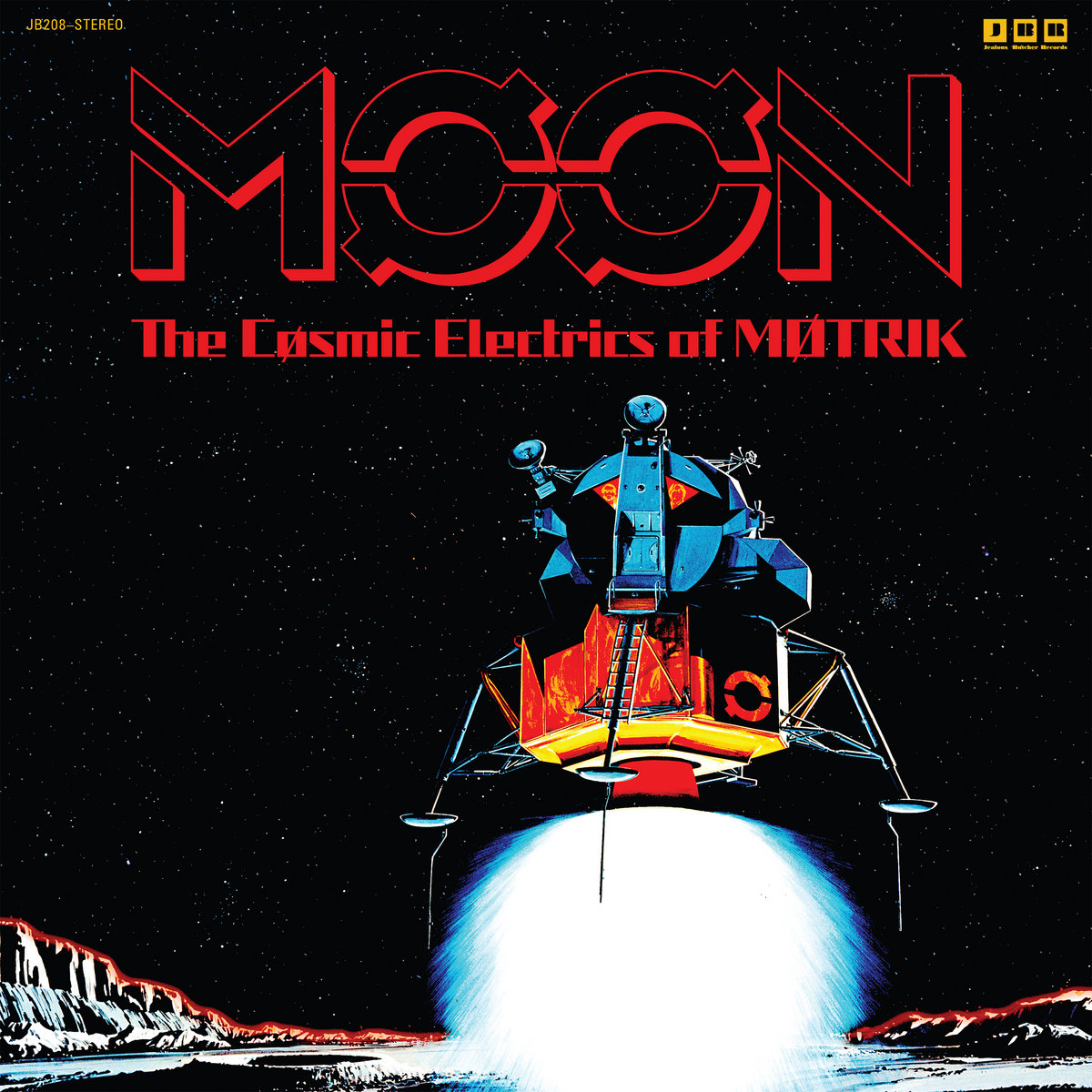 The latest from Portland, Oregon's appropriately named Møtrik consumed me in seconds, dragging my earholes down into a kosmische pool before spitting me into outer space. Thankfully, it was a pleasantly symbiotic relationship for me, a journey I enjoyed taking into MØØN: The Cosmic Electrics of MØTRIK. While Møtrik may not yet stand alongside their elders in the history books, each of its practiced members form a tight rhythm section of bass and drums, knowing exactly when to lay on the space by way of thick layers of distortion and when to visit more ethereal territory.
The latest from Portland, Oregon's appropriately named M√∏trik consumed me in seconds, dragging my earholes down into a kosmische pool before spitting me into outer space. Thankfully, it was a pleasantly symbiotic relationship for me, a journey I enjoyed taking into M√ò√òN: The Cosmic Electrics of M√òTRIK. While M√∏trik may not yet stand alongside their elders in the history books, each of its practiced members form a tight rhythm section of bass and drums, knowing exactly when to lay on the space by way of thick layers of distortion and when to visit more ethereal territory.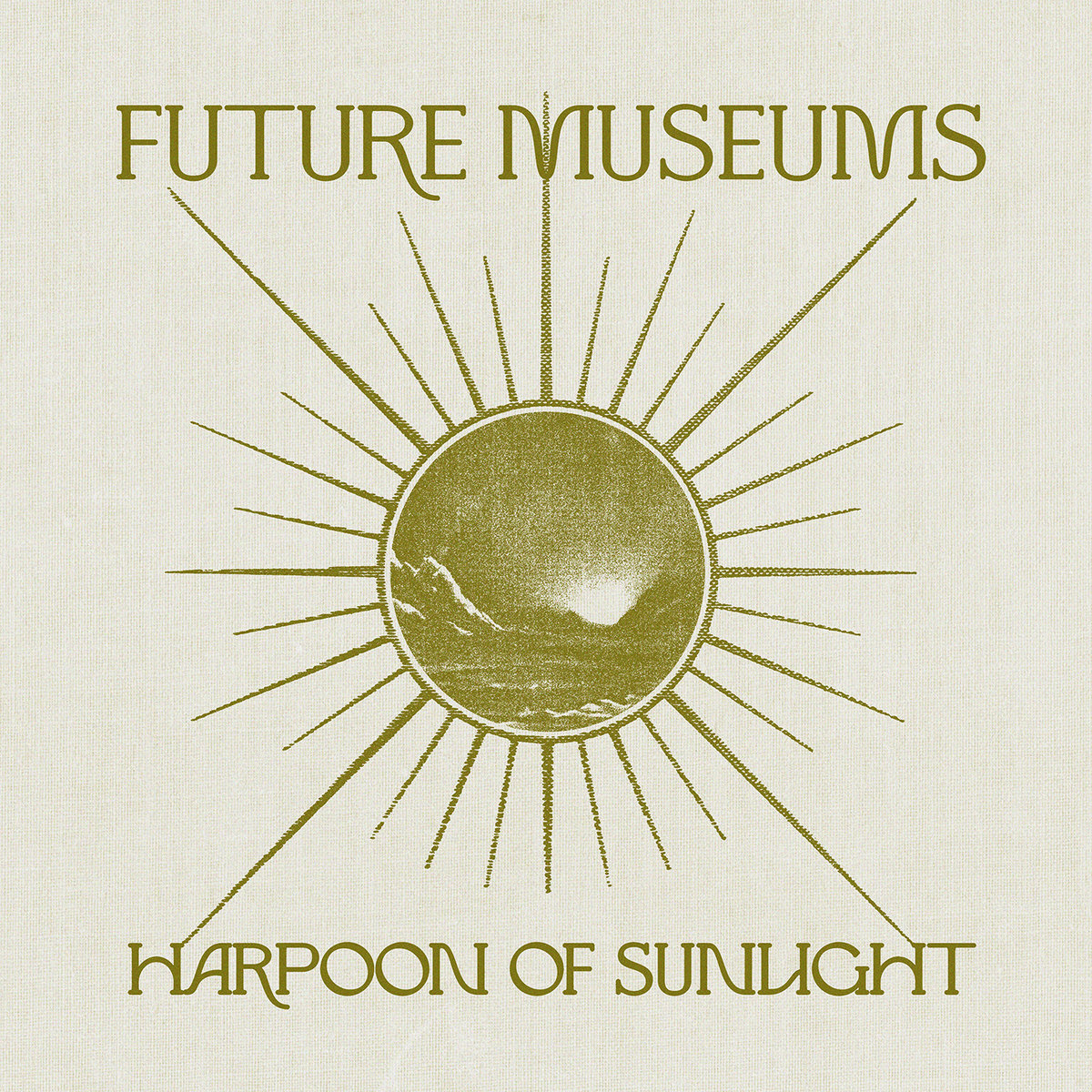 "Harpoon of Sunlight" sees Neil Lord's project Future Museums releasing on Austin label Aural Canyon, a label whose tagline reads "Deep listening for the new, now age." While Lord also releases on Holodeck, the switch is appropriate for his latest, a work initially conceived as "an hour and a half long album exercising patience and repetition," of which the most melodic portions were pressed to the first vinyl release for both the artist and label. Recorded in quarantine in 2020, the resulting album reflects the intense Texas summer heat, alternating between warming and traumatic, interrupted only by cooler evening breezes that serve as a reprieve. Inventive percussive sounds are delicately strewn through atmospheric synths and motorik rhythms, providing a balance between hard and soft, and hot to cool, serving as an aural respite for the challenges of the past couple of years.
"Harpoon of Sunlight" sees Neil Lord's project Future Museums releasing on Austin label Aural Canyon, a label whose tagline reads "Deep listening for the new, now age." While Lord also releases on Holodeck, the switch is appropriate for his latest, a work initially conceived as "an hour and a half long album exercising patience and repetition," of which the most melodic portions were pressed to the first vinyl release for both the artist and label. Recorded in quarantine in 2020, the resulting album reflects the intense Texas summer heat, alternating between warming and traumatic, interrupted only by cooler evening breezes that serve as a reprieve. Inventive percussive sounds are delicately strewn through atmospheric synths and motorik rhythms, providing a balance between hard and soft, and hot to cool, serving as an aural respite for the challenges of the past couple of years. Montreal's Yoo Doo Right, aptly named after a very early Can track, are absolutely about that vibe; one doesn't need to be a keen listener to catch that early on. However, the band's debut album is not a duplicate of any single kosmische entity but rather a blend of each best. They have been doing their homework, revealing a deep respect for the genre. Their debut "Don't Think You Can Escape Your Purpose" provides some of the best modern space rock released this year, filled with motorik rhythms and atmospheric guitars backed by solid bass lines. The music feels free enough to go off on tangents but always comes back around, fluidly alternating from dreamy fuzz to delicate ambiance before rocking out motorik-style.
Montreal's Yoo Doo Right, aptly named after a very early Can track, are absolutely about that vibe; one doesn't need to be a keen listener to catch that early on. However, the band's debut album is not a duplicate of any single kosmische entity but rather a blend of each best. They have been doing their homework, revealing a deep respect for the genre. Their debut "Don't Think You Can Escape Your Purpose" provides some of the best modern space rock released this year, filled with motorik rhythms and atmospheric guitars backed by solid bass lines. The music feels free enough to go off on tangents but always comes back around, fluidly alternating from dreamy fuzz to delicate ambiance before rocking out motorik-style. This electro-acoustic release by Michèle Bokanowki consists of two pieces. "Rhapsodia" from 2018, is a stunning work in two movements with a short interlude, dedicated to choreographer, Marceline Lartigue. "Rhapsodia" is as close to perfection as I can imagine music to ever be, with the texture, the pace, the changes, and the timing of the changes all working in an organic and unhurried way. "Battlement solaires" from a decade earlier, is the soundtrack to Patrick Bokanowski’s film of that name. Initially I felt this second piece might be best heard with visual images, but by the third hearing I utterly love it as a stand alone work, too.
This electro-acoustic release by Michèle Bokanowki consists of two pieces. "Rhapsodia" from 2018, is a stunning work in two movements with a short interlude, dedicated to choreographer, Marceline Lartigue. "Rhapsodia" is as close to perfection as I can imagine music to ever be, with the texture, the pace, the changes, and the timing of the changes all working in an organic and unhurried way. "Battlement solaires" from a decade earlier, is the soundtrack to Patrick Bokanowski’s film of that name. Initially I felt this second piece might be best heard with visual images, but by the third hearing I utterly love it as a stand alone work, too.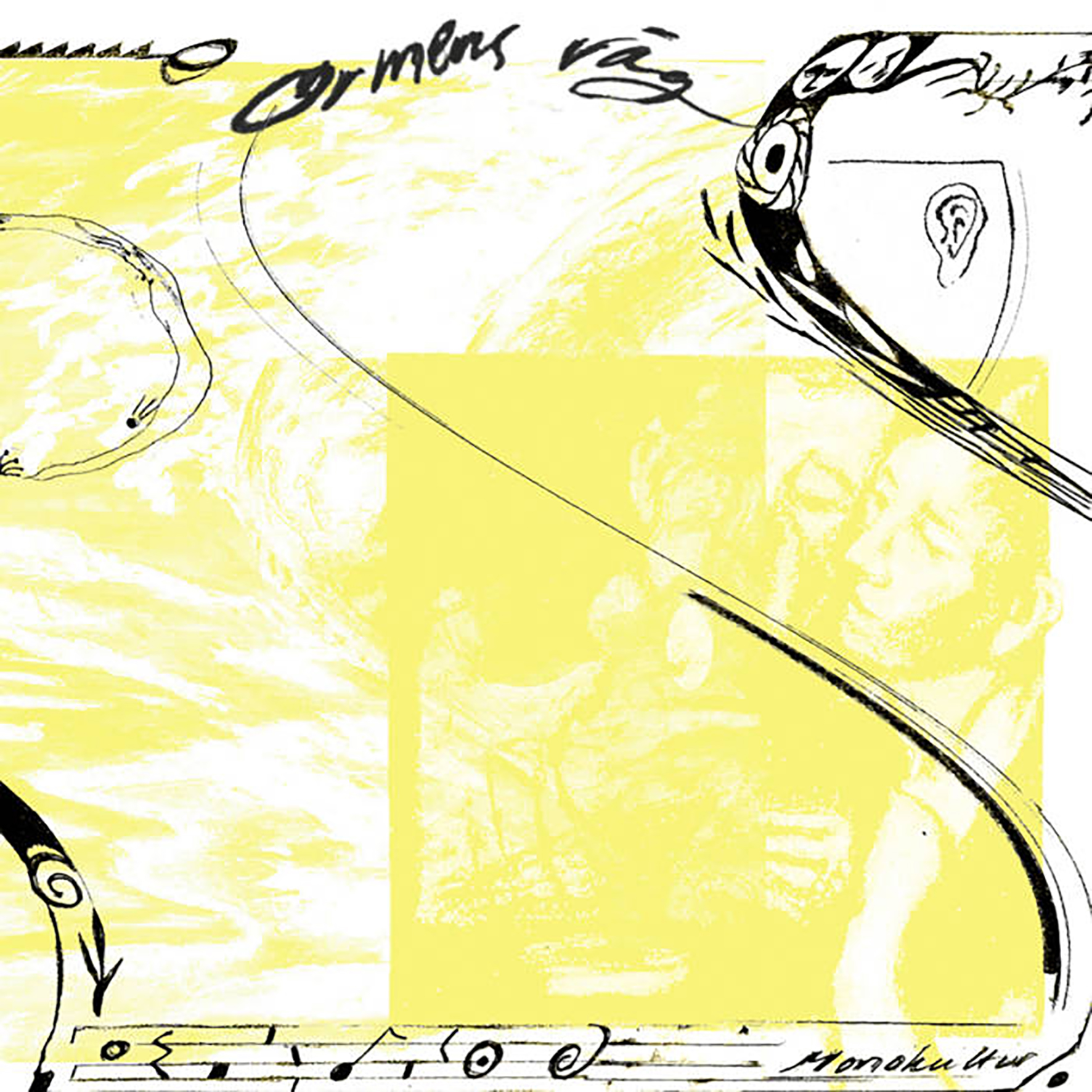


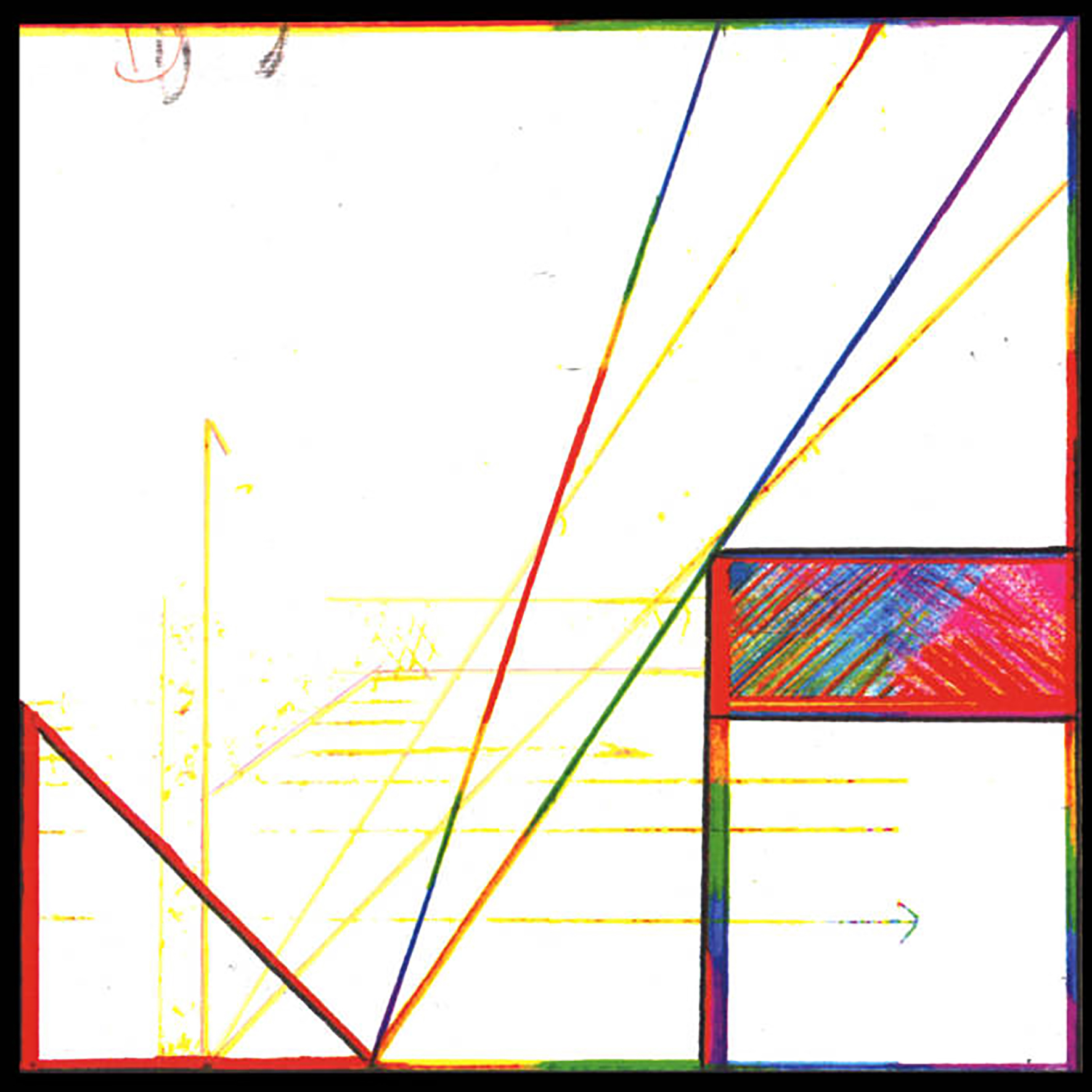
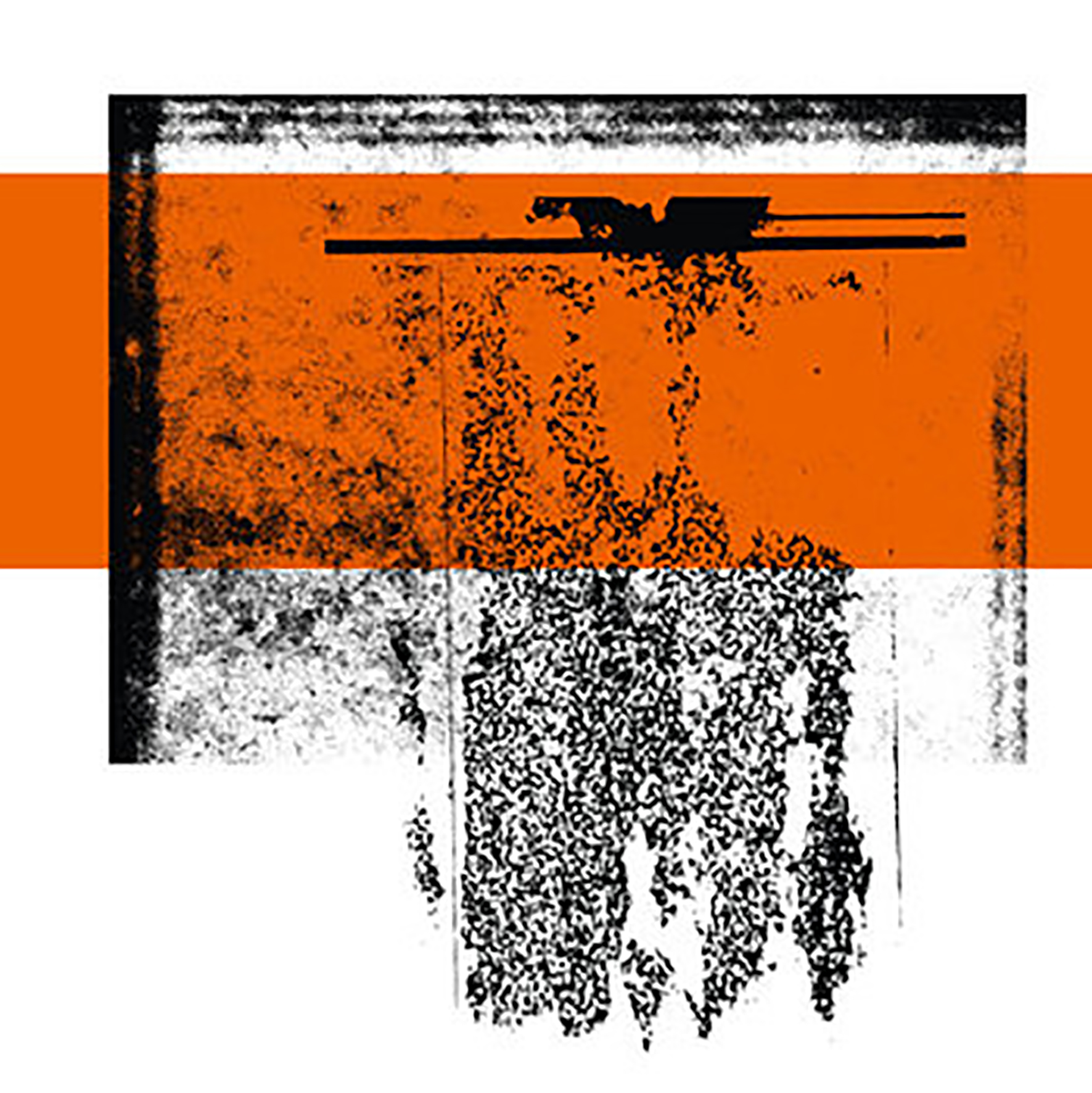
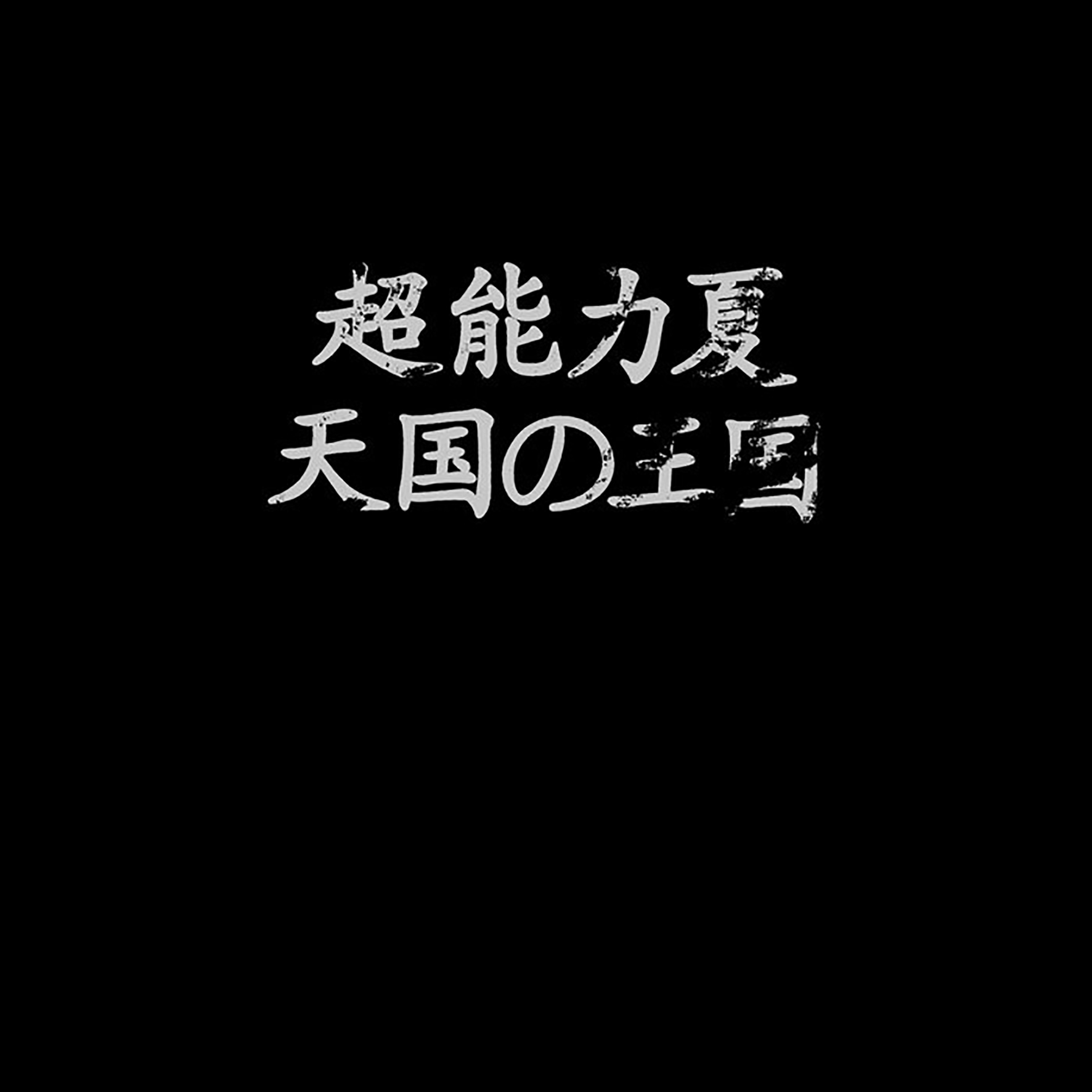 Back in the mid-'90s, His Name is Alive and Pale Saints were labelmates on 4AD and a seemingly one-off studio collaboration between Warren Defever and Ian Masters called ESP Summer was born. While that debut album arguably felt like a too-smooth and straightforward blend of the two artists' aesthetics, it did not take long for deeper eccentricities start appearing, as the project soon started varying its name (ESP Neighbor, ESP Continent), omitting crucial information from album credits, and exclusively releasing limited releases on odd formats. Aside from that, they also went on a 25 year hiatus that finally ended with a pair of releases on Osaka, Japan's Onkonomiyaki label in 2020. Both were quite weird (Here is composed of minimal, vocal-free sound collages), but one of them was also quite good and this is that one: originally a 5" lathe cut vinyl release entitled 天国の王国, the EP is now getting a second life with the translated and apt title Kingdom of Heaven. More specifically, this EP is comprised of four very divergent covers of a single song from the 13th Floor Elevators' 1966 debut (and one written by Powell St. John rather than the band, no less). While the original "Kingdom of Heaven" is a perfectly fine song that was not exactly begging for further enhancements, its strong hooks make it a perfect and sturdy melodic center for Masters and Defever's freewheeling dreampop and psych experimentation. Given the project's oft-inscrutable trajectory, Kingdom of Heaven is an unexpectedly focused, memorable, and compelling release.
Back in the mid-'90s, His Name is Alive and Pale Saints were labelmates on 4AD and a seemingly one-off studio collaboration between Warren Defever and Ian Masters called ESP Summer was born. While that debut album arguably felt like a too-smooth and straightforward blend of the two artists' aesthetics, it did not take long for deeper eccentricities start appearing, as the project soon started varying its name (ESP Neighbor, ESP Continent), omitting crucial information from album credits, and exclusively releasing limited releases on odd formats. Aside from that, they also went on a 25 year hiatus that finally ended with a pair of releases on Osaka, Japan's Onkonomiyaki label in 2020. Both were quite weird (Here is composed of minimal, vocal-free sound collages), but one of them was also quite good and this is that one: originally a 5" lathe cut vinyl release entitled 天国の王国, the EP is now getting a second life with the translated and apt title Kingdom of Heaven. More specifically, this EP is comprised of four very divergent covers of a single song from the 13th Floor Elevators' 1966 debut (and one written by Powell St. John rather than the band, no less). While the original "Kingdom of Heaven" is a perfectly fine song that was not exactly begging for further enhancements, its strong hooks make it a perfect and sturdy melodic center for Masters and Defever's freewheeling dreampop and psych experimentation. Given the project's oft-inscrutable trajectory, Kingdom of Heaven is an unexpectedly focused, memorable, and compelling release.
